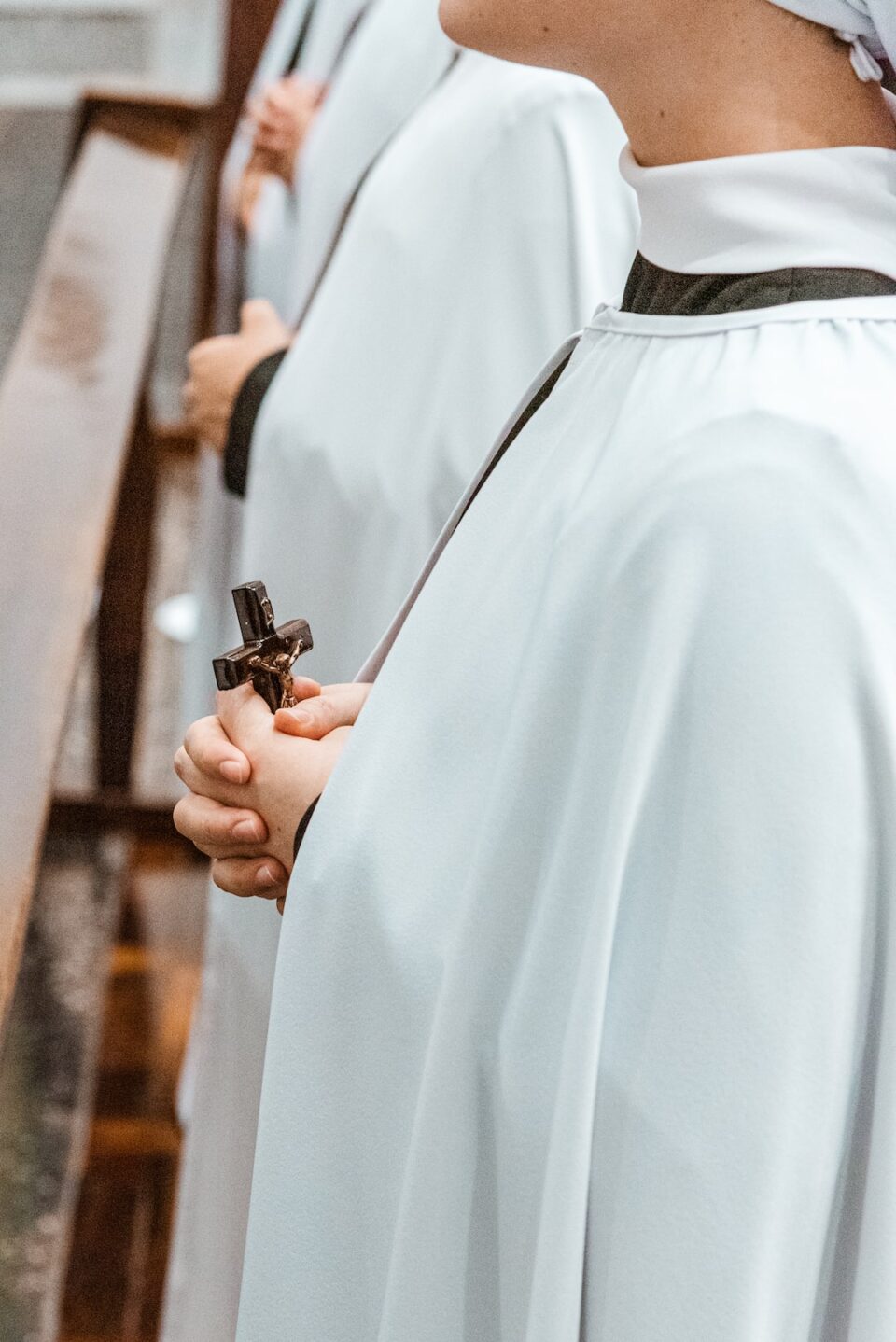Examining the Role of Women in Various Religious Traditions
Religion has been an integral part of human history for centuries, shaping our understanding of the divine and guiding our moral compass. However, when it comes to the role of women in religious traditions, there have been varying degrees of inclusion and equality. This blog post will explore and examine the diverse roles that women play in some major religious traditions around the world.
Christianity, one of the largest religions globally, has had a complex and evolving relationship with women. While the Bible has often been criticized for its seemingly patriarchal passages, it also highlights the significant role of women in the life of Jesus. From Mary, the mother of Jesus, to Mary Magdalene, women played vital roles in the foundational narrative of Christianity. However, throughout history, women have faced restrictions in leadership roles within the church, with fewer opportunities for ordination and decision-making power. Yet, in recent years, we have witnessed significant progress, with more denominations becoming inclusive of women in leadership positions.
Islam, another prominent global religion, has also seen a diverse range of roles for women. The Quran presents a sense of equality between men and women, emphasizing their shared spiritual nature. However, societal practices and interpretation have perpetuated gender inequality, particularly in certain regions. Nonetheless, there have been noteworthy examples of women’s leadership in Islamic history, such as Aisha, the wife of the Prophet Muhammad, who played a significant role in interpreting and teaching Islamic teachings. Today, there is a growing movement advocating for a more progressive understanding of gender equality within Islamic contexts.
Moving to Hinduism, which is one of the oldest religious traditions, we find a complex web of beliefs and practices shaping the role of women. While ancient Hindu texts contain stories of strong and revered women, societal norms have often placed women in subordinate positions. The caste system, for instance, has restricted opportunities for women across various Hindu communities. However, thanks to social reforms and women’s movements, there has been progress towards gender equality within Hinduism, with women taking on leadership roles in religious and spiritual spheres.
In Buddhism, women have also faced limitations in certain sects and countries, despite the teachings of equality espoused by Gautama Buddha. In ancient times, women were ordained as nuns and were given equal opportunities for spiritual practice. However, as Buddhism spread to different regions, cultural and societal attitudes took hold, limiting women’s involvement and access to leadership positions. Nevertheless, there are Buddhist organizations today working towards gender equality, advocating for the revival and empowerment of women within the faith.
Judaism, with its rich history and diverse traditions, offers another perspective on women’s roles. Like other religious traditions, Judaism has its struggles with gender inequality. However, there have also been influential female figures throughout history, from Miriam and Esther in biblical times to modern-day women scholars, activists, and leaders. Reform and Conservative branches have made significant strides towards gender equality, while Orthodox Judaism is still grappling with these issues, with limited roles for women in religious leadership.
It is essential to recognize that these observations are broad generalizations, and within each religion, there are variations and individual interpretations. Furthermore, feminist scholars and activists from various religious backgrounds have been working tirelessly to challenge patriarchal structures and advocate for equality. By examining the role of women in various religious traditions, we can foster meaningful dialogue and pave the way for greater inclusivity and gender equality within these faiths.

